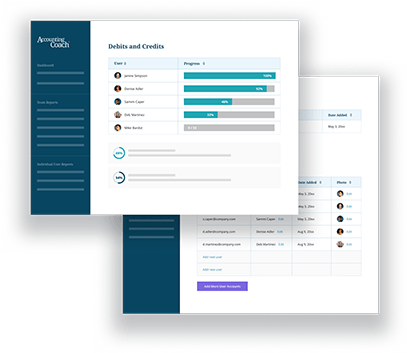Definition of Departmental Overhead Rates
Departmental overhead rates are used by many manufacturers to allocate (assign, apply) manufacturing overhead to the goods it produces instead of using a single, plant-wide overhead rate. The reason for departmental overhead rates is that manufacturers are likely to produce many diverse products which use different processes in different departments and each has different costs.
Example of Departmental Overhead Rates
Assume that a manufacturer has three processes or operations that occur in separate departments:
- Dept #1 uses a large, sophisticated $900,000 machine
- Dept #2 uses a small $40,000 machine to refine the products coming out of Dept #1
- Dept #3 is an additional, optional process that uses a $10,000 machine
If the manufacturer uses a plant-wide manufacturing overhead rate, it would divide its expected total manufacturing overhead for the upcoming year by the expected total machine hours for the upcoming year. Let’s assume that the resulting plant-wide manufacturing overhead rate will be $30 per machine hour. The $30 would then be applied to every machine hour regardless of the equipment’s cost or the department in which the work is done.
If the manufacturer were to use departmental manufacturing overhead rates, a separate rate for each department would be calculated. Let’s assume that the departmental manufacturing overhead rates are calculated to be as follows:
- Dept #1 rate: $50 per machine hour (due to high depreciation, electricity, maintenance, etc.)
- Dept #2 rate: $20 per machine hour
- Dept #3 rate: $15 per machine hour
Now, let’s assume that the manufacturer’s Product A requires 7 hours in Dept #1 plus 1 hour in Dept #2. Using the plant-wide rate of $30, the manufacturing overhead costs assigned to Product A would be $240 (8 total hours X $30). However, if departmental manufacturing overhead rates are used, the amount assigned to Product A will be: (7 hours X $50) + (1 hours X $20) = $350 + $20 = $370.
Next, let’s assume that the manufacturer’s Product B requires 2 hours in Dept #1, 2 hours in Dept #2, and 4 hours in Dept #3. Using the plant-wide rate of $30, the manufacturing overhead costs assigned to Product B would be $240 (8 total hours X $30). However, if departmental manufacturing overhead rates are used, the amount assigned to Product B will be: (2 hours X $50) + (2 hours X $20) + (4 hours X $15) = $100 + $40 + $60 = $200.
Using departmental overhead rates will better reflect the costs of manufacturing Product A and Product B compared to using a single, plant-wide overhead rate.




